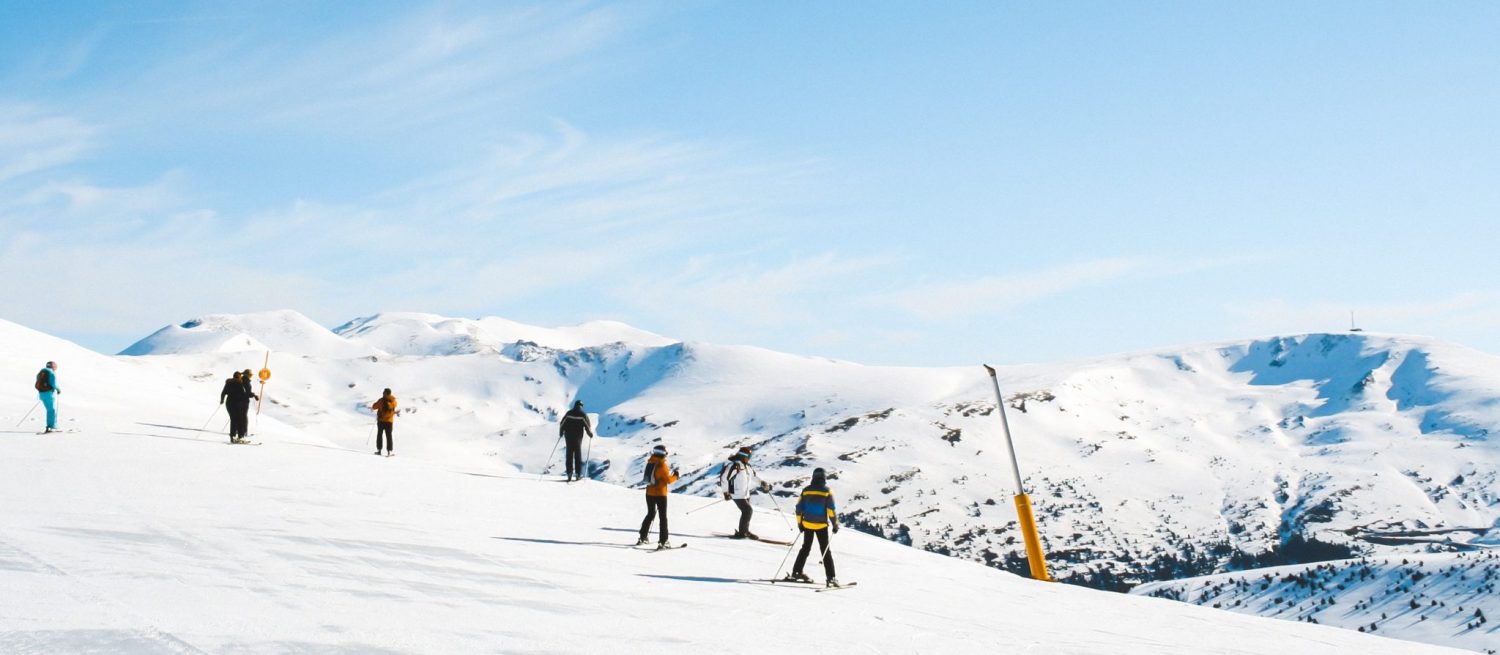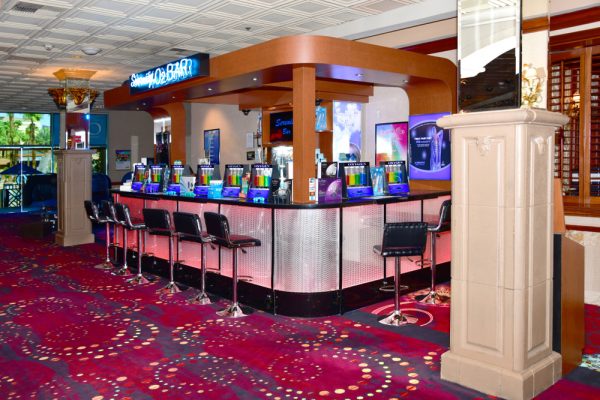

Avoid Altitude Sickness With a Trip to an Oxygen Bar
Breathing in crisp mountain air is a refreshing retreat from the poorer air quality of cities, but for those who aren’t acclimated to it, it can have adverse effects including shortness of breath, tiredness, nausea, and headaches. Out of town skiers and snowboarders hitting the slopes in the Rocky Mountains may not be aware of altitude sickness, dehydration, and the extra sensitivity to alcohol that comes with vacationing thousands of feet above sea level.
Adding to the abundance of health and wellness trends, oxygen bars claim to fight the symptoms of altitude sickness and more. The Mile High City and mountain towns across the Western United States market oxygen bars to tourists who may experience the symptoms of altitude sickness while acclimating to higher altitude. Oxygen bars can be found in cocktail bars, hotels, spas, casinos, and ski resorts, as large as independent facilities or as small as a mall kiosk. But do they actually work?
What to Expect
At an oxygen bar, one can expect to pull up a stool to a counter, similar to that of a bar, self-administer a mask or cannula, and breathe in purified oxygen. Since the air we breathe only includes about 21 percent oxygen, inhaling 100 percent concentrated oxygen can increase blood-oxygen levels and decrease heart rate. The benefits of increased oxygen claim to assist with the following, all of which are essential for enjoying the rush of shredding down the mountain:
– Increased energy
– Improved mood
– Increased alertness and concentration
– Reduced stress
– Relieved headaches and migraines
Though they all claim to offer the same results, oxygen bars vary in experience. Spas may offer sessions of inhaling oxygen infused with essential oils through a cannula in pursuit of maximum relaxation, while casinos and nightclubs may offer a menu of scents dispensed from neon tubes to add to the ambiance.

Do They Actually Work?
Most oxygen bars are not FDA regulated and customers can expect to pay one to two dollars per minute for a five to 45-minute session. The consumer of a short session may experience brief benefits that temporarily alleviate symptoms of altitude sickness. Exhausted skiers and snowboarders may want to try multiple sessions per day consistently during their visit in order to yield greater benefits since treatment has not proven any long-term sustainability.
The best results occur when oxygen treatments are administered for several hours, especially while sleeping. Many hotels offer overnight oxygen therapy kits for sleeping, which can leave guests feeling refreshed and energized for the following day.
Are Oxygen Bars Safe?
There is absolutely no harm in inhaling 100 percent oxygen, as long as the individual has healthy lungs already. Those with any lung-related disorders are advised to sit out from the oxygen bar experience. This includes people with the following:
– Asthma
– COPD
– Cystic fibrosis
– Emphysema
– Lung cancer
Oxygen bars are safe, but cleanliness and oxygen purity should be of high priority to the distributor and the consumer. Although oxygen bars are not operated by hospitals or medical personnel, the quality of the gas must be of maximum purity to be safe and effective. Sanitized cannulas and masks along with medical-grade oxygen are essential for an effective experience. Since oxygen is used for a number of industries from aerospace to medicine to food and beverage, it is essential that medical-grade oxygen be used.
Medical-Grade Oxygen Distribution in the Rocky Mountains
Rocky Mountain Air is a provider of medical-grade oxygen to Colorado, Utah, Wyoming, Idaho, and Nebraska. As a PurityPlus specialty gas provider, our cylinders are mixed, tested for impurities, and certified to meet the legal requirements for high-purity medical-grade gases. PurityPlus gases ensure our customers, and theirs, peace of mind.
Contact your local branch today to learn more about partnering with Rocky Mountain Air to service your oxygen bar. We look forward to serving you!



